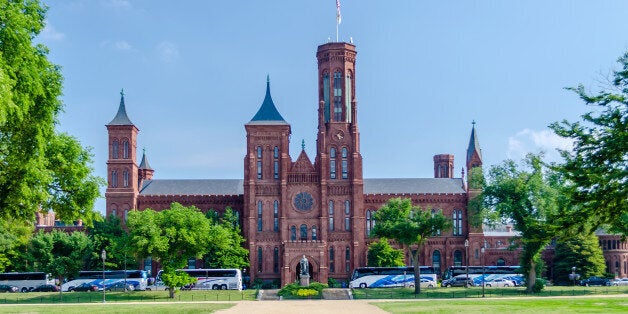
We often read about the challenges facing rural arts institutions or even those that operate in less populous cities and states. Building a philanthropic base, for example, is more challenging in rural Kansas than it is in Kansas City, Missouri. There are fewer donors and audience members, less press attention and costs of marketing are so much higher since potential audience members are far less concentrated. Developing a plan for a rural arts institution requires attention to these challenges.
As I work with arts institutions across the United States, however, I am increasingly struck by the differences even between our most populous cities. A simple chart of the 10 largest arts institutions, with their annual operating budgets, in our 10 largest cities raises so many questions about the arts in our nation.
It isn't surprising that our largest institutions are in New York and Chicago (apart from the Smithsonian Institution that receives some $800 million a year from the federal government - more than five times the entire budget for the National Endowment for the Arts!), but why are the largest arts institutions in Philadelphia and Miami so much smaller than those in Boston or Houston?
How did much maligned Los Angeles become such an arts power house? It boasts of 10 arts institutions with budgets of $20 million or more!
Research into history, demographics, and the presence (or absence) of major corporations and foundations begins to provide answers.
Philadelphia does not enjoy the same corps of individual philanthropists who give so generously in Boston, New York and, increasingly, Washington, D.C. Why is this so? One can only surmise that the huge foundation gifts available in Philadelphia were a demotivating factor to building individual donor bases. Why spend time cultivating a $100, $1,000 or even $5,000 donor when a six figure grant from one or several foundations was all but assured?
Miami arts institutions similarly enjoy huge local foundation support but, until recently, limited support from individual philanthropists. Much of the wealth of the city also resides with recent immigrants who come from countries where governments provide most of the arts support and individual philanthropy was focused on religious institutions. In fact, except for the Arsht Center that opened in 2006, Miami has no single arts institution with a budget exceeding $20 million.
Why is this important?
Because as one develops a strategy for an arts institution, it is essential to understand the environment in which that organization operates. The challenges facing a major arts institution in Philadelphia are different from those facing Chicago-based organizations.
One size simply does not fit all.
And one hopes that the politicians, corporate leaders and major philanthropists in cities without large cadres of major individual donors appreciate that they can help change funding paradigms in their cities: by offering challenge grants that require matching funds be raised, by publicly encouraging those individuals who are willing to make substantial contributions, and by rewarding those arts institutions who are able to build large individual donor bases.
If the highest quality arts are to be accessible to everyone, after all, some of these regional differences must be eliminated in the coming years.
